WikiFX Deep Dive Review: ExpertOption
Reference to WikiFX records shows that **ExpertOption is a high-risk broker.** While the company has been operating since 2017 and has a popular trading app, the safety foundations are weak.
简体中文
繁體中文
English
Pусский
日本語
ภาษาไทย
Tiếng Việt
Bahasa Indonesia
Español
हिन्दी
Filippiiniläinen
Français
Deutsch
Português
Türkçe
한국어
العربية
Abstract:Celebrity endorsement scams in Australia jump 25% in 2025. ASIC shuts down 330 fake websites misusing public figures to lure investors.

The Australian Securities and Investments Commission (ASIC) has reported a significant increase in investment scams that misuse the images of high-profile public figures. In the first half of 2025 alone, over 330 fraudulent websites were taken down, representing a 25% rise compared with the same period last year.
Well-known business leaders such as Andrew Forrest, Gina Rinehart, and Anthony Pratt have had their names and faces exploited to create the illusion of credibility. These scams are not isolated incidents but part of a growing trend where criminal groups scale up operations using cheap digital templates and aggressive online promotion.
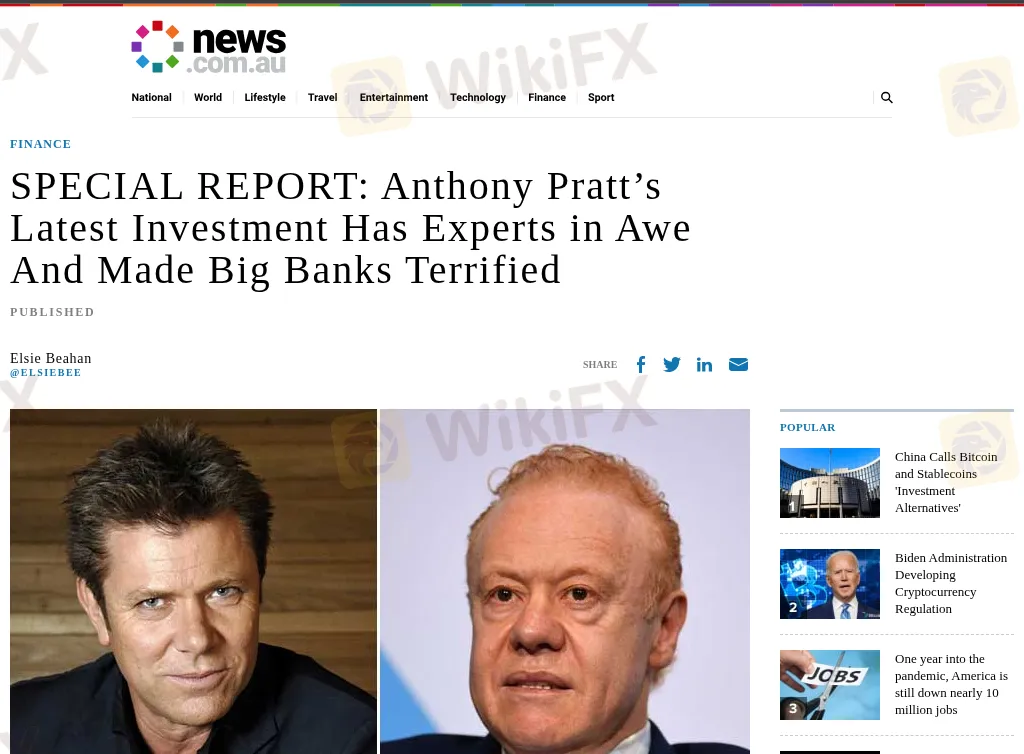

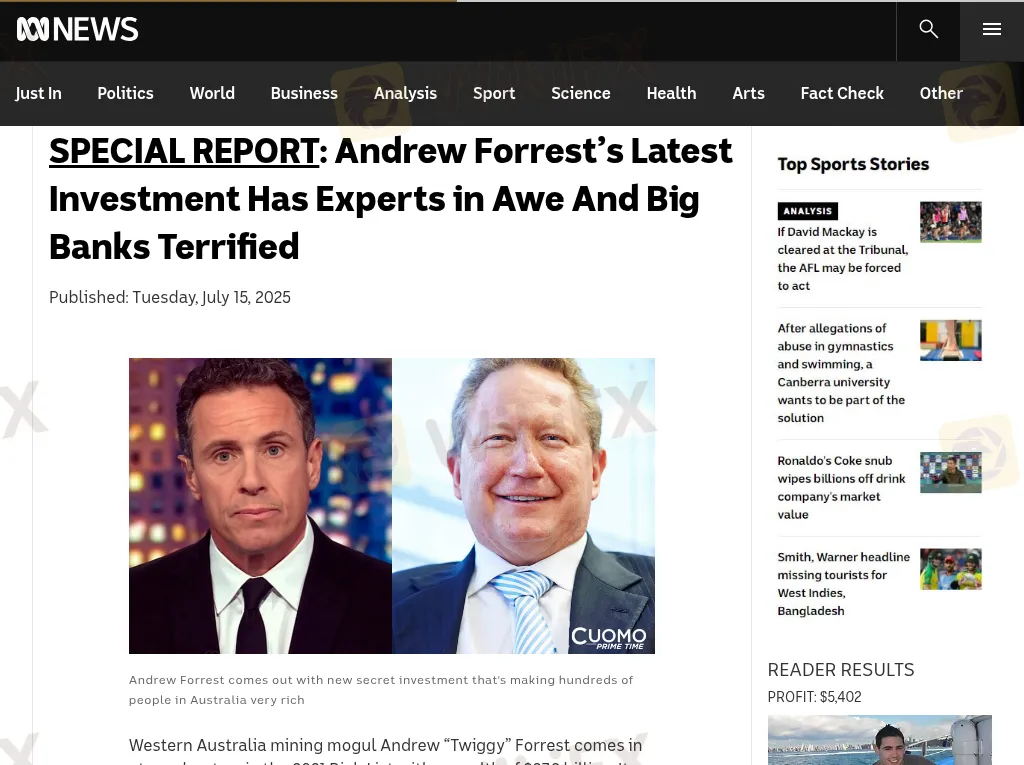
The tactic behind using celebrity photos lies in social proof: if a trusted and recognizable figure appears to endorse an investment, unsuspecting individuals are more likely to believe it is legitimate. Scammers often design fake news articles, doctored interviews, or professional-looking trading websites that falsely associate celebrities with “get-rich-quick” opportunities. For ordinary investors scrolling social media, it becomes increasingly difficult to distinguish between authentic financial content and sophisticated forgeries.
One of the driving forces behind the spike is artificial intelligence. Fraudsters are now able to generate polished websites, clone digital interfaces, and even simulate customer reviews at minimal cost.
ASIC has identified scam operations pushing fake trading platforms, AI trading bots promising unrealistic returns, and cloned news sites that mimic trusted Australian media outlets. These capabilities allow criminals to launch dozens of fraudulent domains in weeks, shutting them down when discovered, only to reappear with new branding and URLs.
Traditionally, ASICs focus was on dismantling scam websites. But with the proliferation of scam ads on Facebook, Instagram, and other platforms, the regulator has expanded its takedown services to cover investment scam advertising on social media. Many scams begin as simple digital ads, driving clicks toward fraudulent platforms. By removing these ads earlier in the funnel, ASIC hopes to cut off a major channel for scammers before victims are drawn in.
Beyond fake celebrity endorsements, ASIC is also warning about schemes targeting Australians superannuation. Consumers are being approached through online “super health check” ads that lead to aggressive sales calls, often pushing high-risk or unsuitable products. These pitches typically rely on clickbait, high-pressure tactics, and promises of guaranteed returns. Investors are reminded that moving superannuation funds is a serious financial decision that should not be made under pressure or based on unsolicited offers.
For investors, vigilance is critical. Fake investment websites share common red flags:
Instead of trusting polished websites or celebrity images, investors should always confirm whether a financial service provider is properly licensed and operating under its official domain. Platforms like WikiFX make this process easier by offering access to global broker license records, verified web addresses, and user feedback. Using these tools adds an extra layer of protection, helping investors spot fraudulent operators before they suffer financial losses.
Disclaimer:
The views in this article only represent the author's personal views, and do not constitute investment advice on this platform. This platform does not guarantee the accuracy, completeness and timeliness of the information in the article, and will not be liable for any loss caused by the use of or reliance on the information in the article.
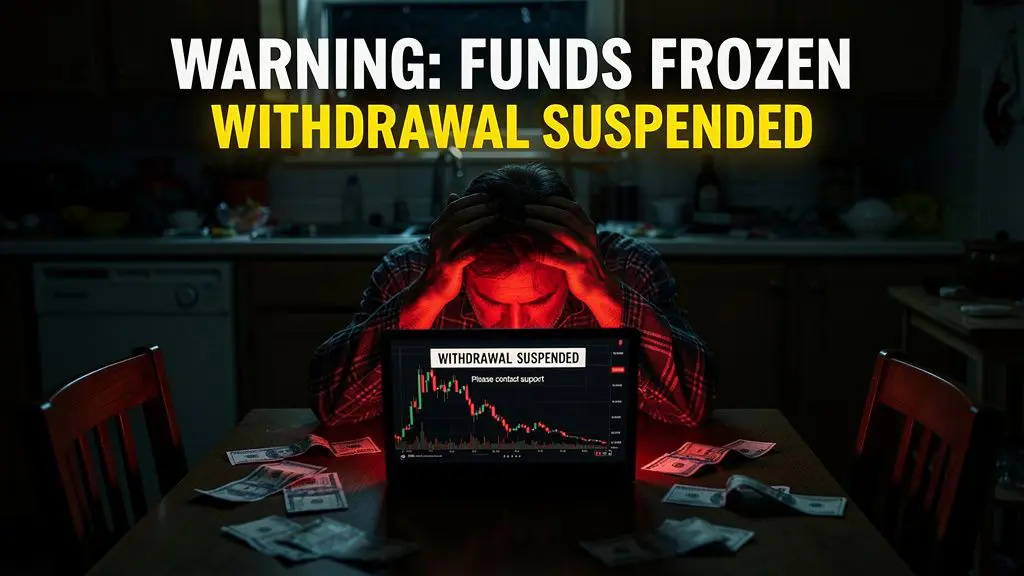
Reference to WikiFX records shows that **ExpertOption is a high-risk broker.** While the company has been operating since 2017 and has a popular trading app, the safety foundations are weak.

If you are looking into ICM Capital (also known simply as ICM), you might be attracted by their established history since 2017 or their access to the MetaTrader platforms. However, glancing at the surface isn't enough when your capital is at risk. With a concerning WikiFX Score of 2.46 out of 10, this broker is currently flashing warning signals that every potential client needs to understand before hitting the "Deposit" button.
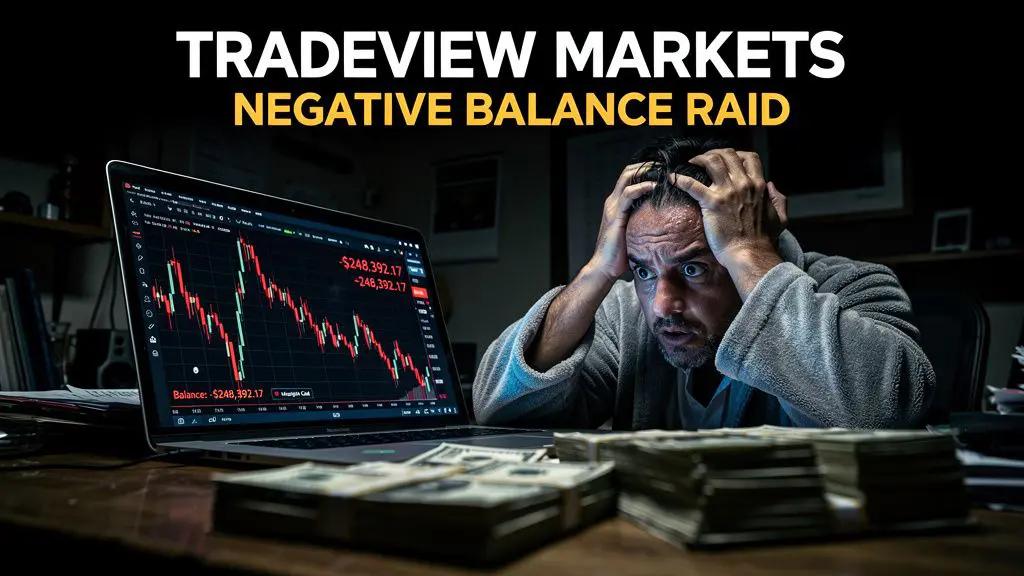
In the world of online trading, trust is the currency that matters most. However, recent data aggregation by WikiFX has signaled a "level red" alert regarding Tradeview Markets. Between July and November 2025, our support center was flooded with complaints alleging that the broker unilaterally wiped out account balances under the guise of "negative balance reversal," while simultaneously employing "account deletion" tactics in Asian markets. This report investigates the alarming patterns behind these complaints and analyzes why existing regulations failed to protect these traders.
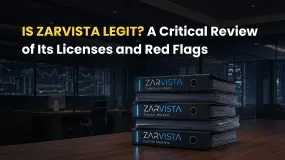
For traders asking, "Is ZarVista legit?", the evidence points to a clear and strong conclusion: ZarVista operates as a high-risk broker. While it shows a modern interface and different account types, these features are overshadowed by major weaknesses in how it is regulated, a history of legal problems, and many user complaints. This article will break down these issues to give you a complete view of the risks involved. Our analysis shows that the chance of losing capital when dealing with ZarVista is very high. The combination of weak overseas licensing and documented problems creates a situation where trader funds are not properly protected.
